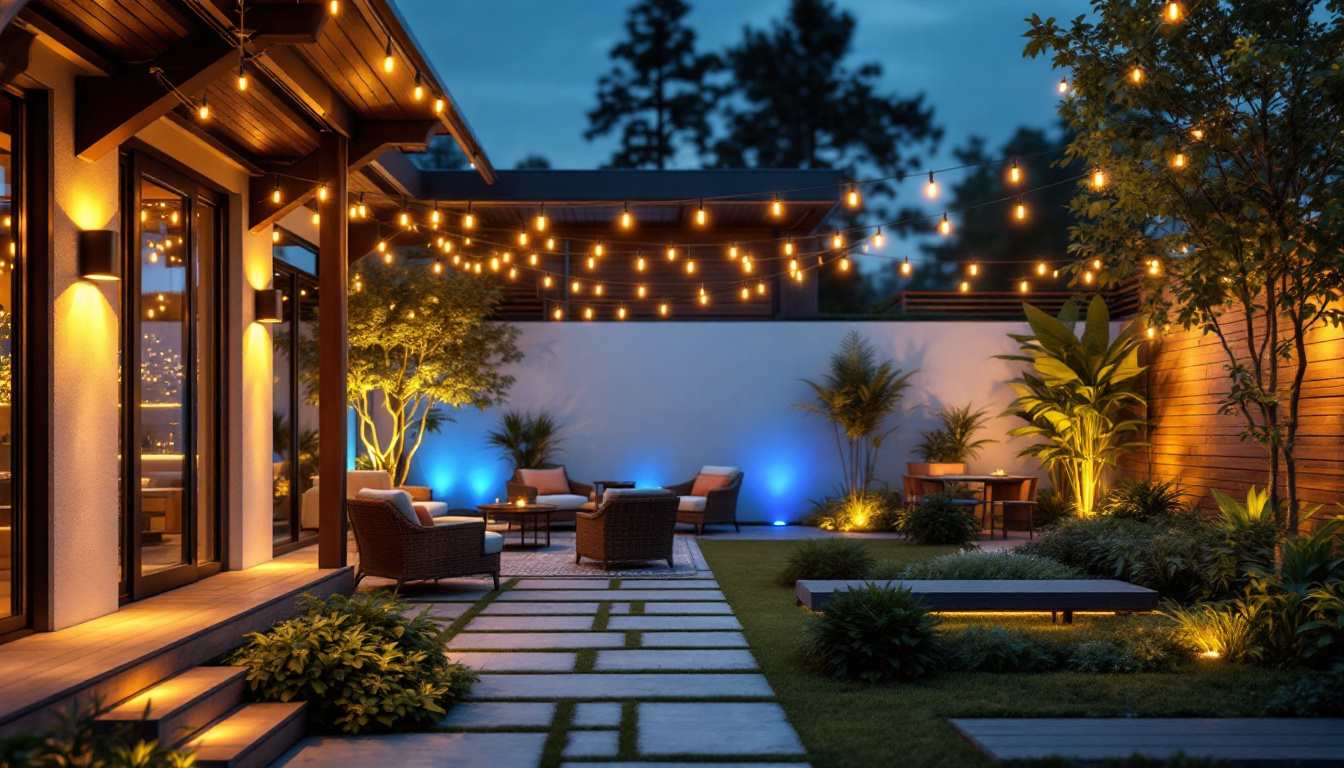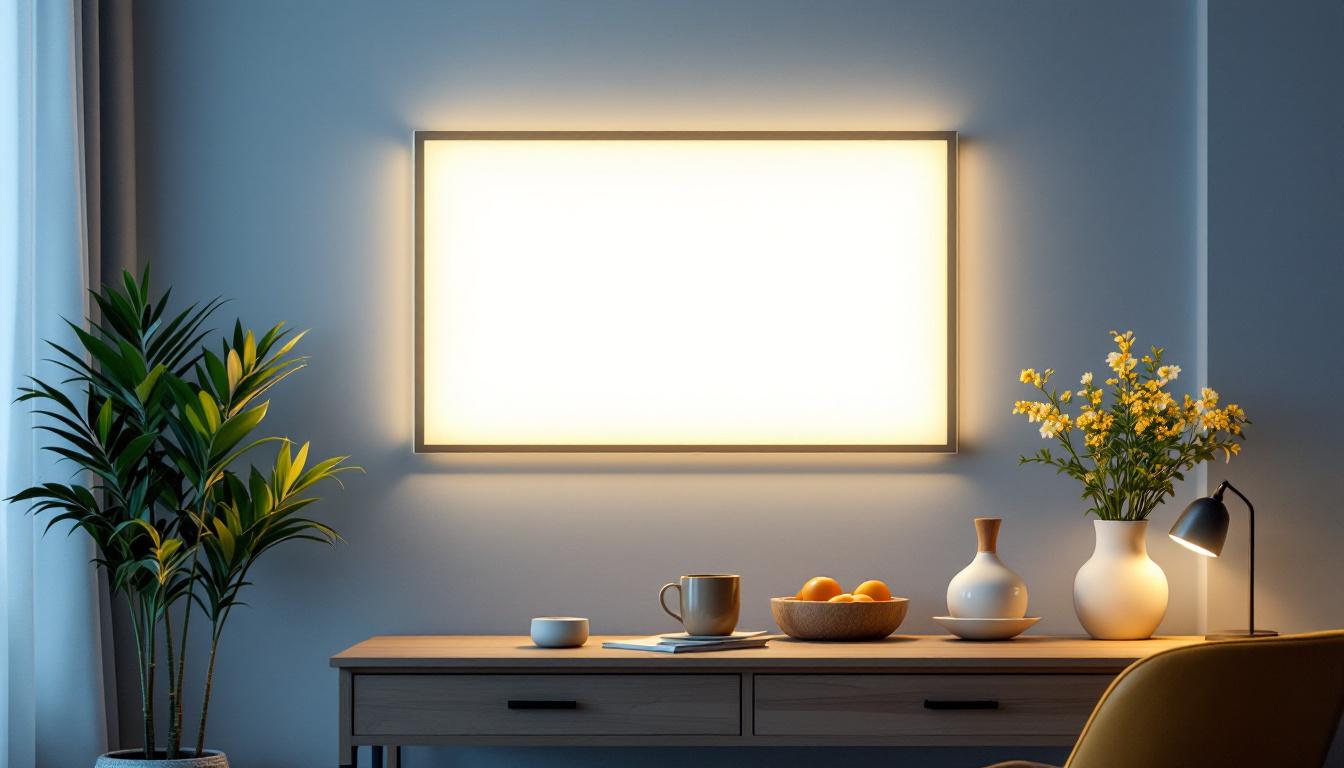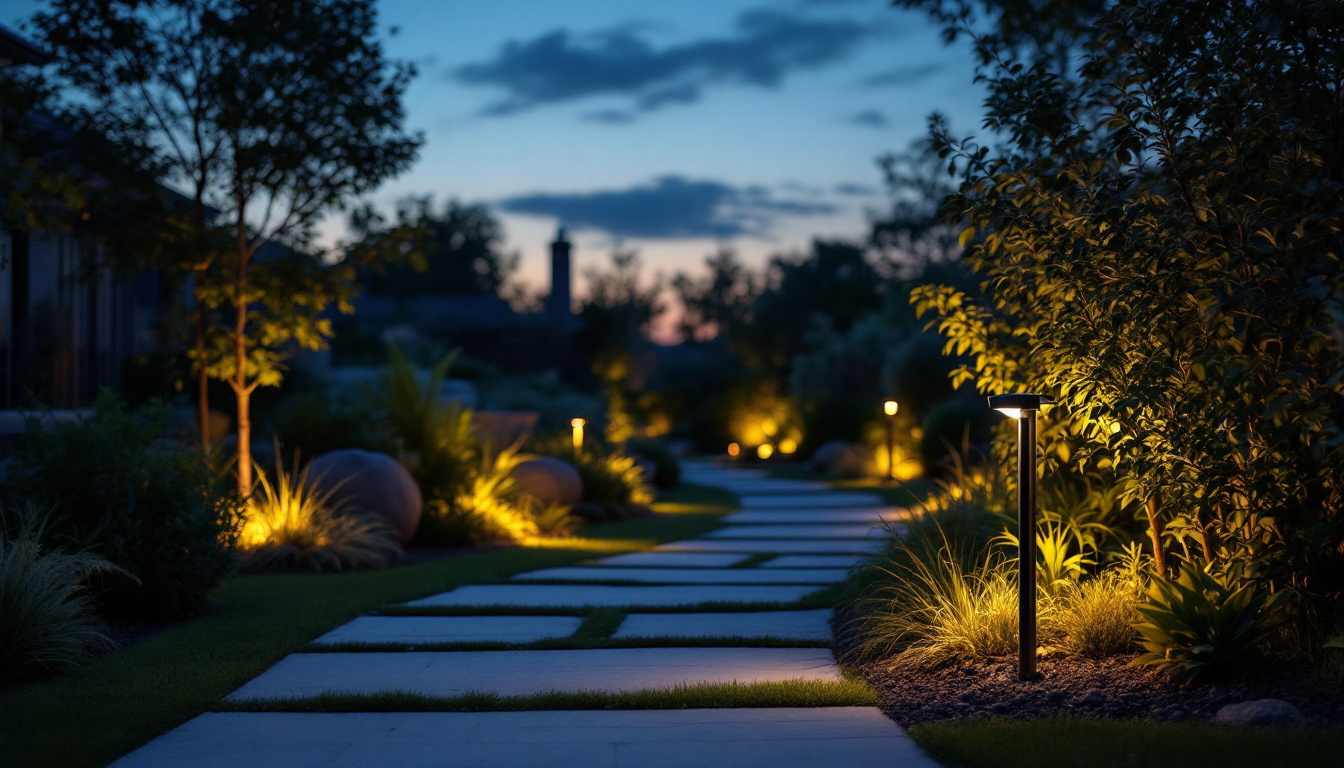
In the realm of construction and design, lighting plays a pivotal role in shaping environments. The right lighting can enhance aesthetics, improve functionality, and even influence mood. For lighting contractors, understanding the nuances of lighting design is essential for delivering high-quality results. This article delves into insights shared by expert lighting contractors, focusing on the importance of design, technology, and client collaboration.
Lighting design is not merely about illumination; it is an art form that combines technical knowledge with creative vision. effective lighting design enhances architecture and complements interior spaces, creating an atmosphere that resonates with users. The right lighting can transform a mundane area into a vibrant space, influencing mood and productivity while also highlighting the beauty of the design elements within the environment.
Before any lighting plan is drafted, it is crucial to understand the space being illuminated. Each environment has unique characteristics that influence lighting choices. For instance, residential spaces may require softer, warmer tones to create a cozy atmosphere, while commercial settings often benefit from brighter, more functional lighting. Additionally, the purpose of the space plays a significant role; a tranquil reading nook demands a different lighting approach than a bustling office or a lively restaurant.
Expert lighting contractors emphasize the importance of conducting a thorough assessment of the space. This includes evaluating the size, layout, and purpose of the area, as well as understanding the natural light sources available. By taking these factors into account, contractors can tailor their lighting solutions to meet the specific needs of each project. Furthermore, the integration of smart lighting technology can enhance the adaptability of a space, allowing users to adjust brightness and color temperature based on their activities or preferences, thus maximizing both functionality and comfort.
One of the fundamental principles of effective lighting design is layering. This involves combining different types of lighting—ambient, task, and accent—to create a balanced and dynamic environment. Ambient lighting provides general illumination, task lighting focuses on specific areas for activities, and accent lighting highlights architectural features or artwork. The interplay of these lighting types can significantly alter the perception of space, making it feel larger, more inviting, or more intimate, depending on the desired effect.
Lighting contractors often recommend a layered approach to ensure that spaces are not only functional but also visually appealing. For example, in a kitchen, ambient lighting can illuminate the entire area, while under-cabinet lights serve as task lighting for food preparation. Accent lighting, such as pendant lights over an island, can add a decorative touch that enhances the overall design. Moreover, the strategic use of dimmers and adjustable fixtures allows for versatility in lighting, enabling users to create different moods for various occasions, from a lively dinner party to a quiet family gathering. This flexibility in lighting design not only enriches the experience of the space but also reflects the personality and lifestyle of its occupants.
The lighting industry has seen significant advancements in technology, providing contractors with innovative tools and solutions. From smart lighting systems to energy-efficient LEDs, technology plays a crucial role in modern lighting design.
smart lighting solutions have revolutionized the way spaces are illuminated. These systems allow for remote control and automation, enabling users to adjust brightness, color, and even schedules from their smartphones or smart home devices. For lighting contractors, integrating smart technology into their designs can greatly enhance the user experience.
Moreover, smart lighting can contribute to energy savings. By utilizing sensors and programmable features, clients can reduce energy consumption during unoccupied hours, leading to lower utility bills and a smaller carbon footprint. Contractors who stay abreast of these technologies can offer clients more sustainable and efficient solutions.
In addition to energy savings, smart lighting systems can also enhance security and convenience. For instance, homeowners can set their lights to mimic their presence when they are away, deterring potential intruders. Furthermore, integration with voice-activated assistants allows for hands-free control, making it easier for users to manage their lighting without needing to navigate physical switches. This level of convenience and security is increasingly appealing to tech-savvy clients who prioritize both functionality and peace of mind.
As environmental concerns continue to grow, energy efficiency has become a top priority in lighting design. Contractors are increasingly turning to LED technology, which offers longer lifespans and lower energy consumption compared to traditional incandescent bulbs. This shift not only benefits the environment but also provides cost savings for clients over time.
In addition to LED lighting, contractors are exploring other sustainable practices, such as using recyclable materials and implementing designs that maximize natural light. By prioritizing sustainability, contractors can position themselves as leaders in the industry, appealing to environmentally-conscious clients.
Furthermore, the adoption of smart lighting systems often goes hand-in-hand with the use of renewable energy sources, such as solar power. By pairing solar panels with energy-efficient lighting solutions, contractors can create systems that are not only cost-effective but also environmentally friendly. This holistic approach to lighting design not only meets the demands of modern clients but also aligns with global efforts to reduce reliance on fossil fuels and combat climate change. As the industry continues to evolve, the integration of renewable energy and advanced lighting technologies will likely become a standard practice, further enhancing the appeal of sustainable lighting solutions.
Successful lighting projects hinge on effective collaboration between contractors and clients. Understanding client needs and preferences is essential for delivering a final product that meets expectations. Communication is key throughout the design and installation process.
During initial consultations, lighting contractors should engage clients in discussions about their vision and requirements. This includes understanding the intended use of the space, preferred styles, and any specific lighting features they desire. By fostering an open dialogue, contractors can gather valuable insights that inform their design approach.
Additionally, presenting clients with visual aids—such as mood boards or 3D renderings—can help bridge the gap between concepts and reality. These tools allow clients to visualize the proposed lighting design, making it easier for them to provide feedback and make informed decisions.
Once the initial design is presented, it is crucial for contractors to remain receptive to client feedback. Adjustments may be necessary to align the design with the client’s expectations. This iterative process not only enhances the final outcome but also strengthens the client-contractor relationship.
Moreover, involving clients in the decision-making process fosters a sense of ownership and satisfaction. When clients feel heard and valued, they are more likely to be pleased with the end result, leading to positive referrals and repeat business.
The lighting industry is constantly evolving, with new trends emerging regularly. Staying informed about these trends is vital for lighting contractors who wish to remain competitive and relevant in the market.
Biophilic design is gaining traction in various sectors, including lighting. This approach seeks to connect people with nature by incorporating natural elements into the built environment. In lighting design, this can manifest through the use of natural light, organic shapes, and materials that mimic nature.
Contractors can enhance biophilic design by strategically placing windows and skylights to maximize daylight. Additionally, using fixtures that evoke natural forms can create a harmonious atmosphere that promotes well-being and productivity. As clients increasingly seek environments that foster a connection to nature, biophilic design will likely continue to be a significant trend.
Another trend gaining momentum is the use of color temperature to influence mood and ambiance. Different color temperatures can evoke various feelings; for instance, warmer tones create a cozy and inviting atmosphere, while cooler tones are often associated with energy and focus.
Lighting contractors are encouraged to educate clients about the psychological effects of color temperature. By selecting the appropriate color temperature for different spaces—such as warm lighting in bedrooms and cooler lighting in workspaces—contractors can help clients create environments that align with their desired moods and functions.
While lighting design and installation can be rewarding, it is not without its challenges. Lighting contractors must navigate various obstacles to ensure successful project completion.
Technical limitations can arise during the installation process, particularly when working with older buildings or complex architectural designs. Existing electrical systems may not support modern lighting solutions, leading to the need for additional modifications or upgrades.
Contractors must possess a strong understanding of electrical systems and building codes to address these challenges effectively. Collaborating with electricians and other professionals can also facilitate smoother installations and ensure compliance with safety regulations.
Another common challenge is managing client expectations. Clients may have specific visions for their lighting designs, but these may not always align with practical limitations or budget constraints. Lighting contractors must navigate these conversations delicately, providing realistic options while still striving to meet client desires.
Clear communication and transparency are essential in these situations. By setting realistic expectations from the outset and providing clients with a range of options, contractors can help bridge the gap between dreams and reality, ultimately leading to more satisfying outcomes.
Lighting contractors play a vital role in shaping the environments we inhabit. By embracing effective lighting design principles, leveraging technology, and fostering collaboration with clients, they can create spaces that are not only functional but also aesthetically pleasing. As the industry continues to evolve, staying informed about trends and overcoming challenges will be crucial for contractors seeking to excel in their field.
In a world where lighting can significantly impact our daily lives, the expertise of lighting contractors is more important than ever. By sharing insights and best practices, the lighting community can continue to innovate and elevate the standards of design and installation, ultimately enhancing the experiences of clients and end-users alike.
Ready to elevate your lighting projects to new heights? At LumenWholesale, we’re committed to providing you with the highest quality, spec-grade lighting products at prices that can’t be beaten. Say goodbye to local distributor markups and hello to our unbeatable wholesale rates. Our extensive selection not only meets but exceeds industry standards, ensuring your projects shine with reliability and performance. Plus, with free shipping on bulk orders, you can enjoy premium lighting solutions at the best value—without any hidden fees. Don’t compromise on quality or affordability. Wholesale Lighting at the Best Value is just a click away. Make the smart choice for your lighting needs with LumenWholesale.

Discover how LED flat panel light fixtures can transform your lighting designs with energy efficiency, uniform illumination, and modern aesthetics—boost your projects today!.

Discover how outdoor motion-activated lights can revolutionize your lighting installation projects.

Discover essential tips and techniques for lighting contractors to master low voltage wiring connectors.

Discover the critical role ultraviolet handheld sanitizers play for lighting contractors.